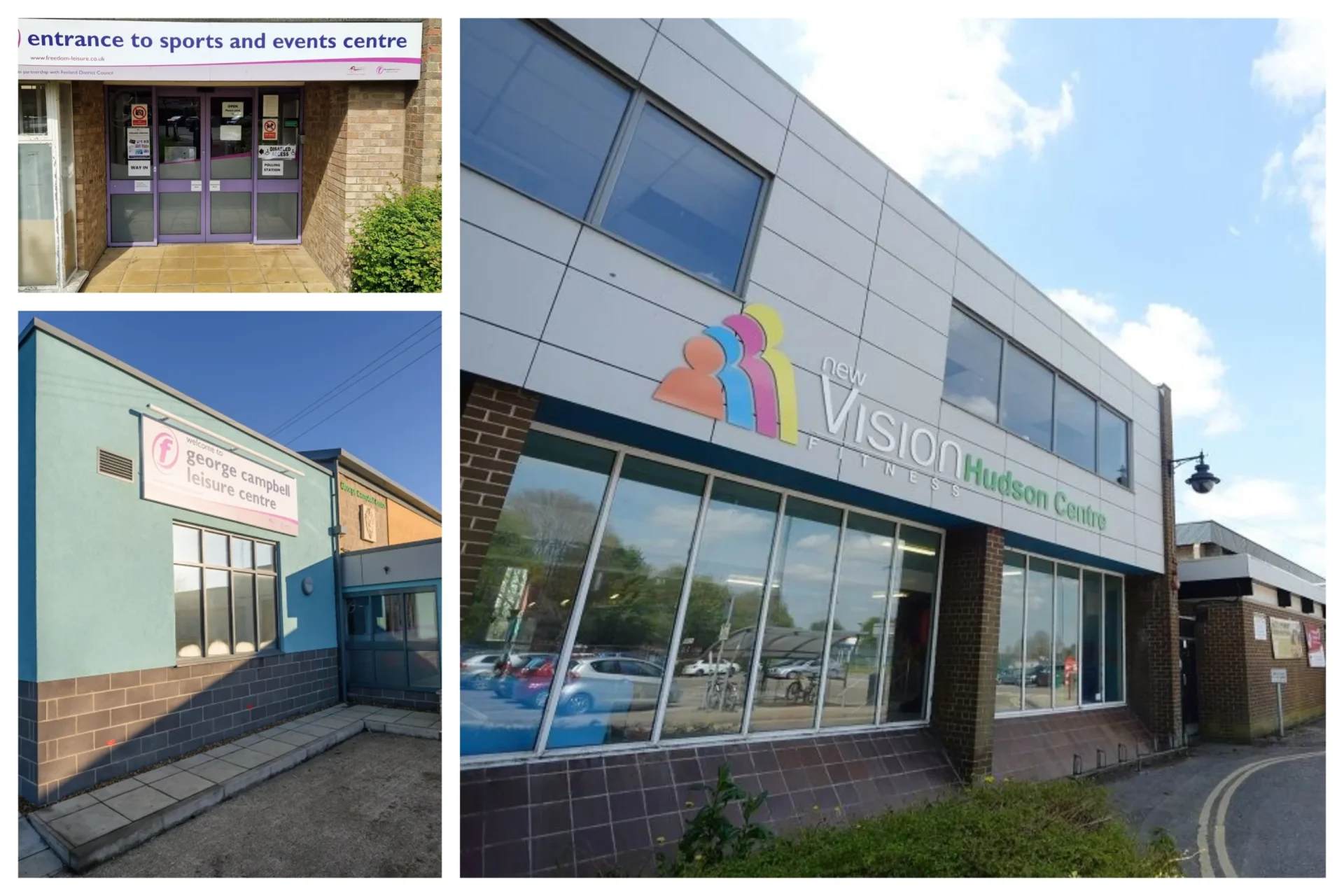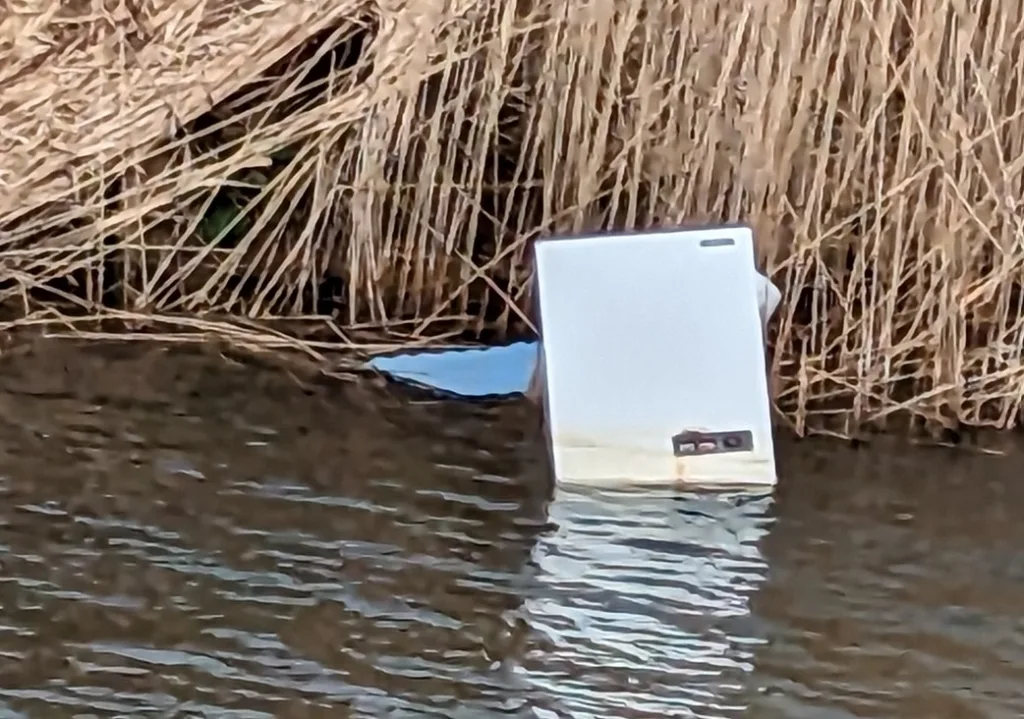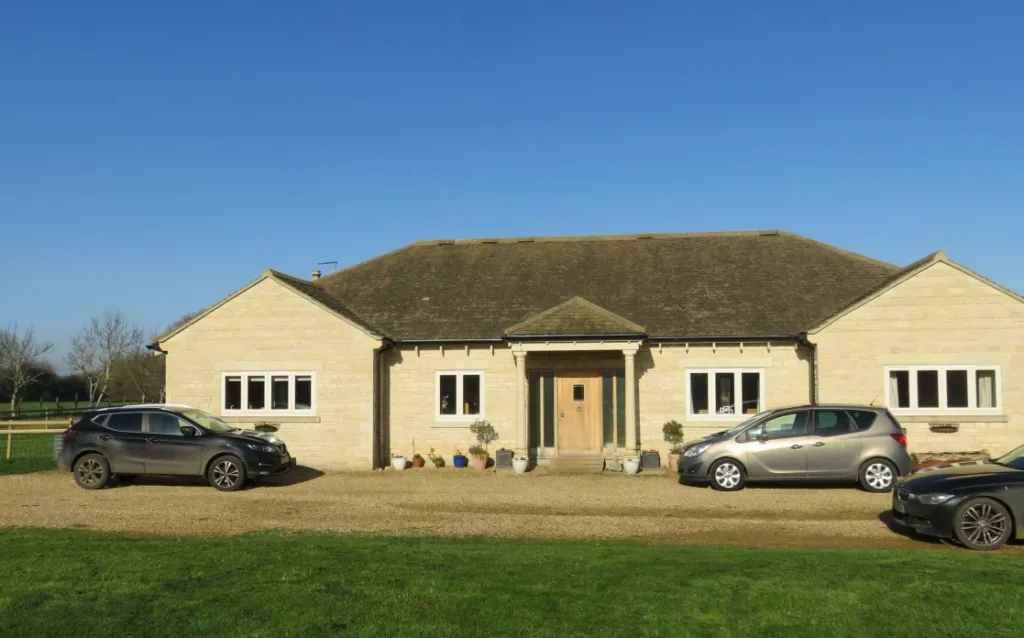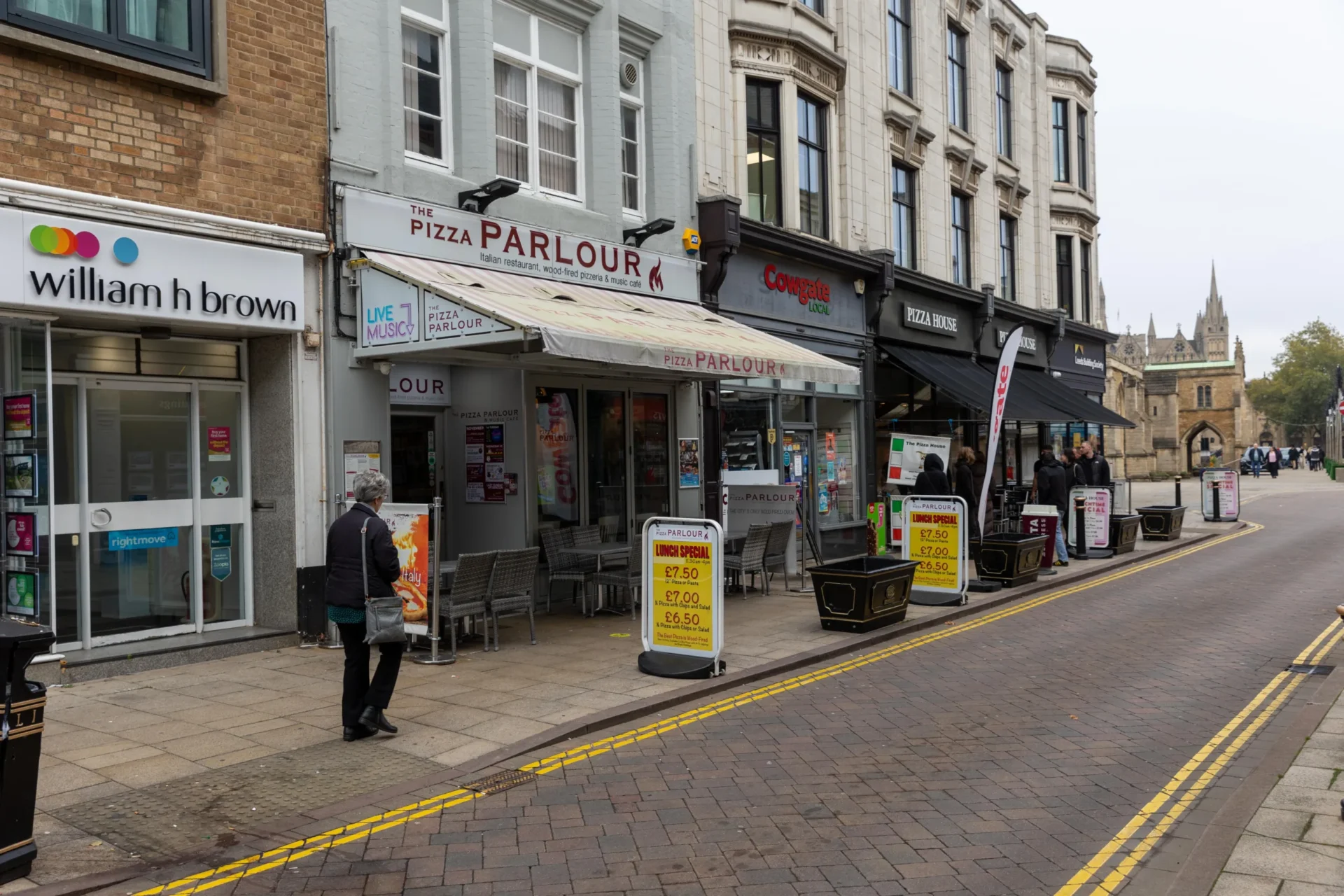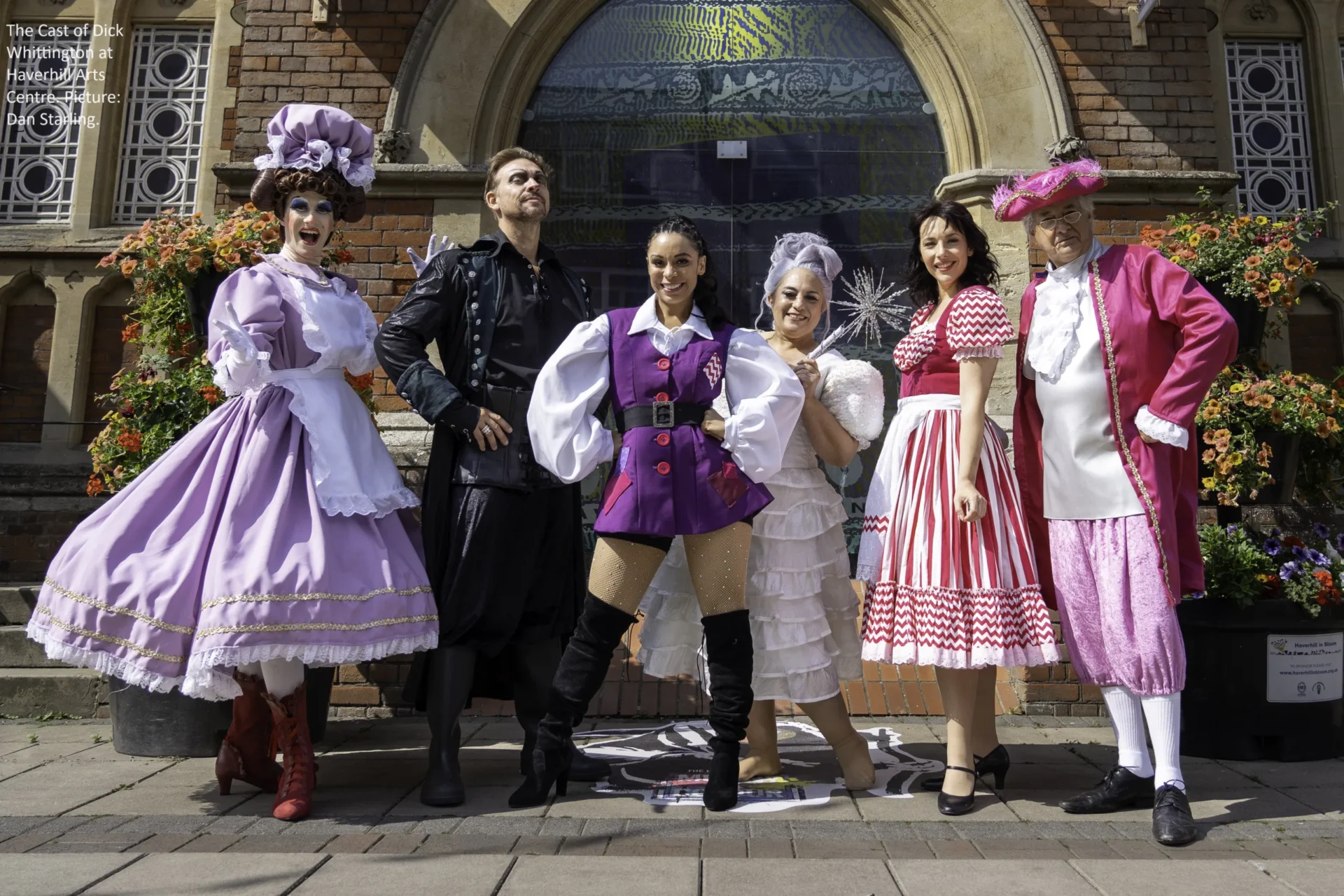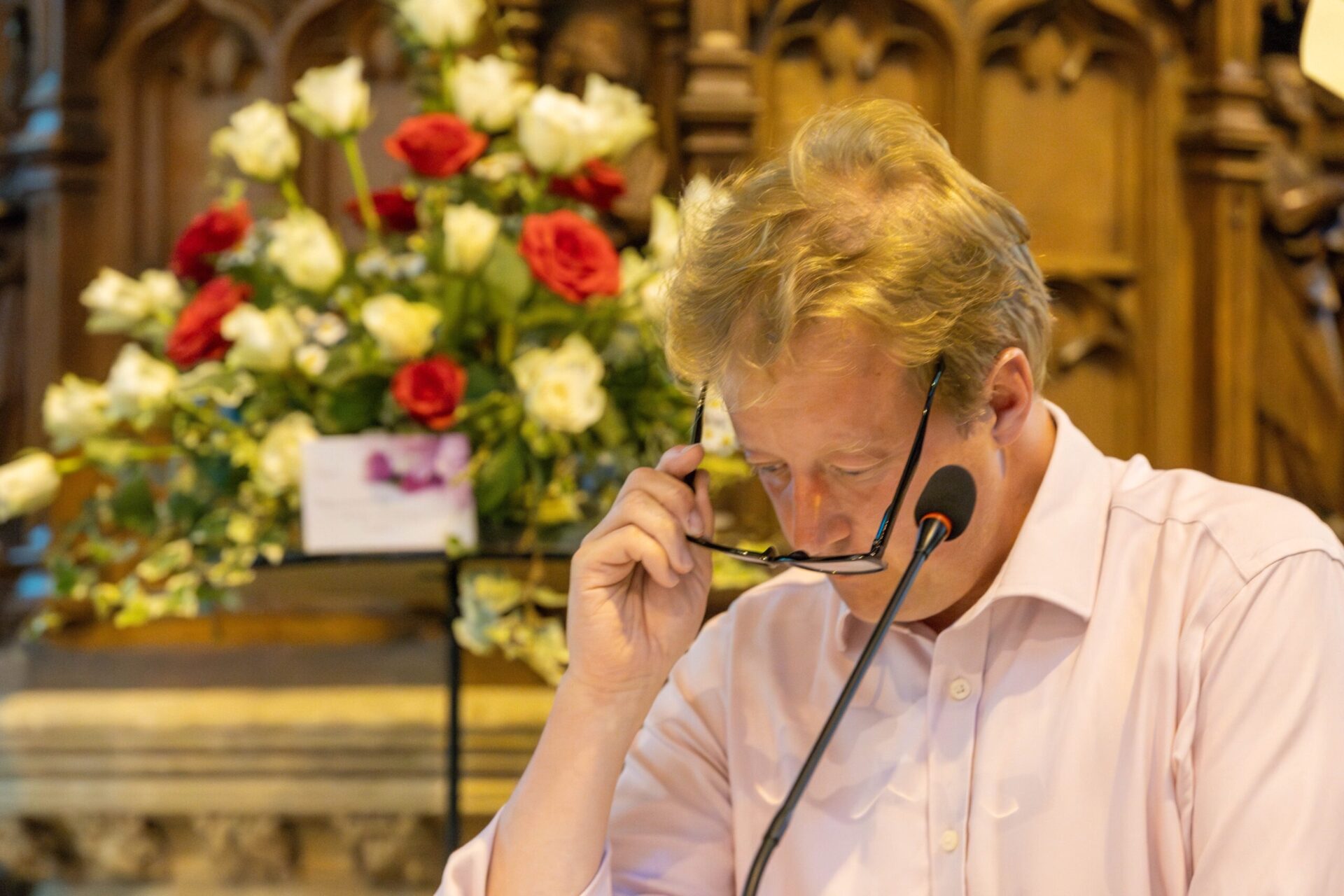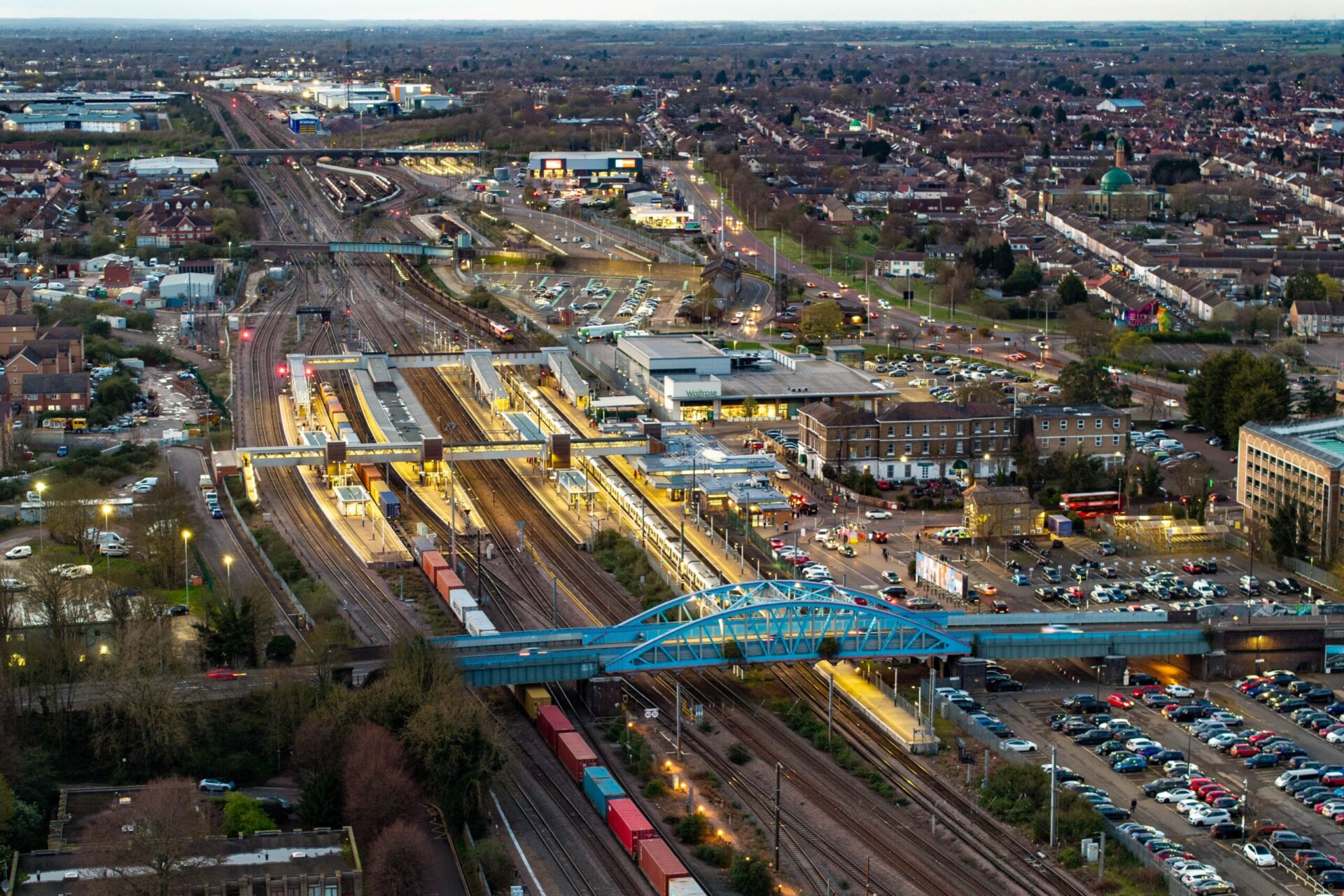Fenland District Council has revealed it is checking three of its four leisure centres to see if any contain the dangerous reinforced autoclaved aerated concrete, better known as RAAC. The material – already found in many schools across the UK and buildings such as the Key Theatre, Peterborough – may have been used in leisure centres at Wisbech, March and Whittlesey.
A report to be presented to the Cabinet of Fenland District Council on November 20 says: “FDC is currently undertaking a reinforced autoclaved aerated concrete assessment (RAAC) of the leisure centres to identify if RAAC has been used in their construction.
“Any RAAC discovered may have a significant impact on useability of the facilities, as well as ongoing capital costs for remediation.”
Government advice has been for local authorities to mainly check on schools and colleges which they believe might be most at risk.
It describes RAAC as a lightweight, ‘bubbly’ form of concrete commonly used in construction between the 1950s and mid-1990s.

Manor, Whittlesey: ‘Fenland District Council is currently undertaking a reinforced autoclaved aerated concrete assessment (RAAC) of the leisure centres to identify if RAAC has been used in their construction’.
“It is predominantly found as precast panels in roofs (commonly flat roofs, sometimes pitched) and occasionally in floors and walls,” notes the Government advice.
The Institute of Specialist Surveyors and Engineers says RAAC was a cheaper alternative to standard concrete and quicker to produce and easier to install.
“But it is less durable and has a lifespan of around 30 years,” it warns.
News of the tests being carried out by Fenland District Council are revealed in a wide-ranging report on the state of leisure centres produced by Phil Hughes, head of service.
He says the main thrust of his report is to encourage the council to develop a leisure strategy to “inform capital investment required”.
Mr Hughes says the Manor at Whittlesey, the Hudson at Wisbech and the George Campbell at March are “elderly” and “will require significant investment in the near term”.
Chatteris Leisure Centre is more recent (it opened in 2012) and is excluded from most of his report.
“For the purpose of this paper Chatteris Leisure has not been considered as it is a modern building with expected ongoing maintenance costs for the next decade to be limited,” he says.
Mr Hughes says a 2021 conditions survey assessment of the facilities has identified standstill costs of approximately £8.455m (adjusted for inflation) in the short term (0-5 years).
Additionally, a further £2.060m has been identified after year 5.
He wants Cabinet to “understand” the requirements for these centre and is recommending £100,000 is spent to carry out an extensive evaluation of future requirements.
Mr Hughes says: “The three larger centres are all of a significant age and as such, despite ongoing maintenance and some investment from time to time, are showing that age.
“Work was last carried out to modernise them approximately 9 years ago. Despite this work, they are falling behind what the community expects of a modern facility.”
The Hudson, Wisbech
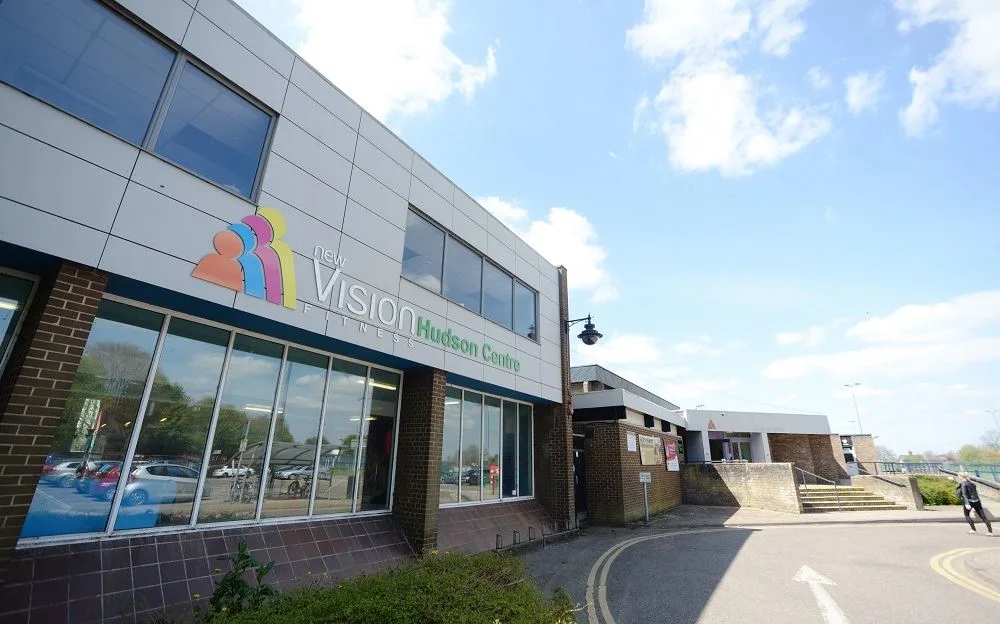
Pool build date 1974
Sports hall mid-1970’s
Gym section (formally the indoor bowls hall) 1980’s
George Campbell (GCLC), March

Pool and current older gym section and spinning room 1960’s Pool covered, and reception area added in 1984
Gym changing rooms early 1990’s
New pool changing rooms 2013
Manor Centre, Whittlesey– consisting of 2 buildings, 30m apart
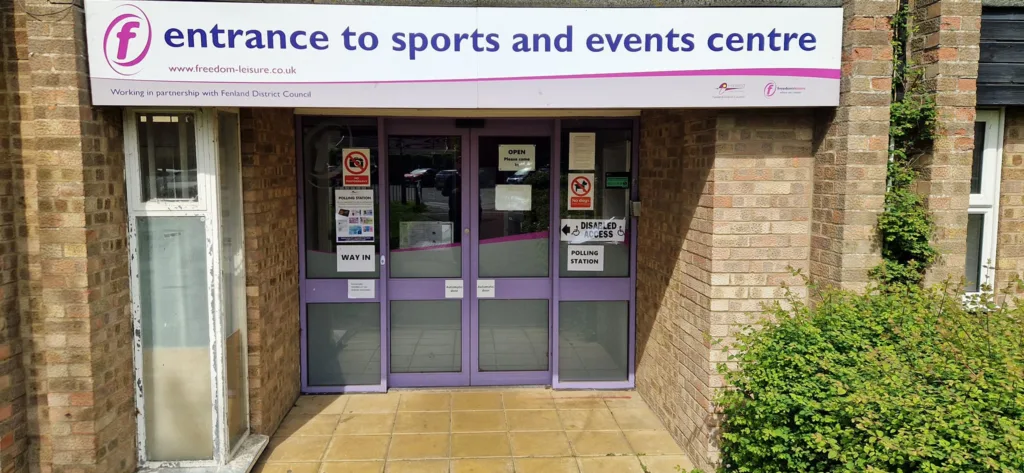
Manor, Whittlesey: ‘Fenland District Council is currently undertaking a reinforced autoclaved aerated concrete assessment (RAAC) of the leisure centres to identify if RAAC has been used in their construction’.
Dry side building: (hall and soft play) built 1974
Swimming pool building: open air pool built 1966
Pool covered in 1984
Chatteris Leisure
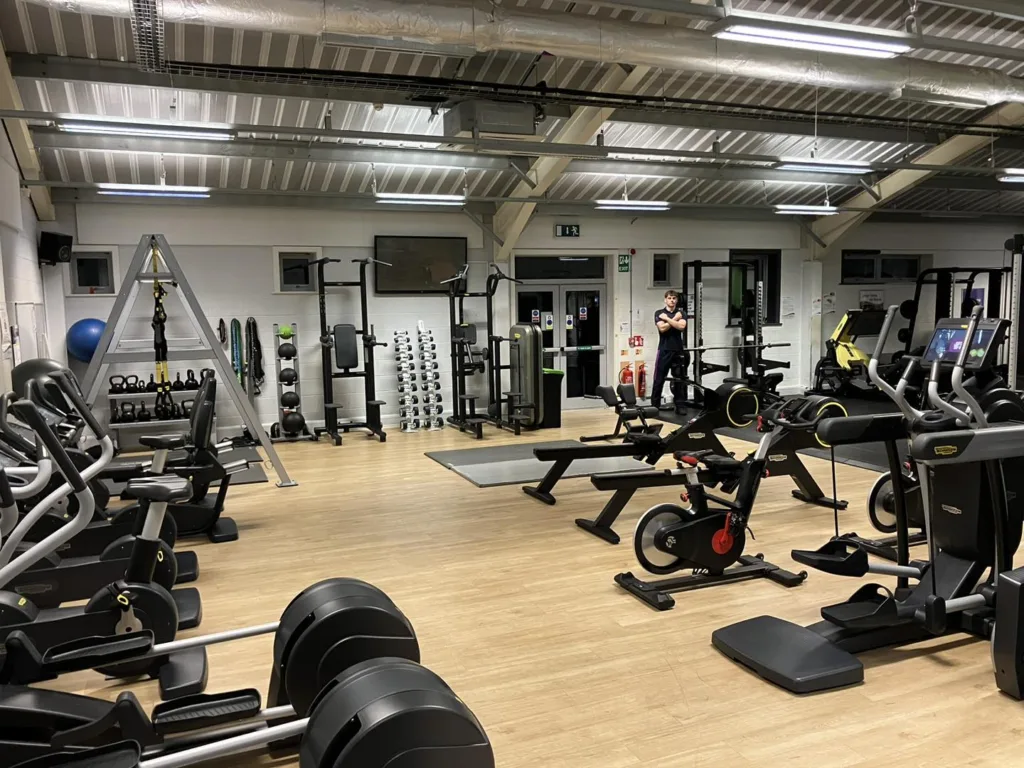
Modern 10-year-old building, fit for purpose.
Mr Hughes says a conditions survey of the sites was undertaken by CIPFA (The Chartered Institute of Public Finance and Accountancy) in 2021 and identified required works – to stand still – in the short term “and the council has a capital budget in place to carry out some of these works.
“Some work has commenced, such as the leisure centre roofing project, some limited electrical works and the refurbishment of the GCLC gym changing rooms”.
His report also covers likely costs but points out that additional inflationary estimates since 2021 will be much higher.
Although FDC has spent approximately £644,000 on the leisure centre roofs in the past three years but he says work has not been carried out on the Manor sports hall roof.
This is “pending decisions regarding the future of the building due to the building’s short term (0-5 year) maintenance costs, as well as the £500,000 estimate for this roof’s repair / replacement”.
By re-evaluating priorities now, he says, the council would have an “opportunity to move forwards and not just stand still”
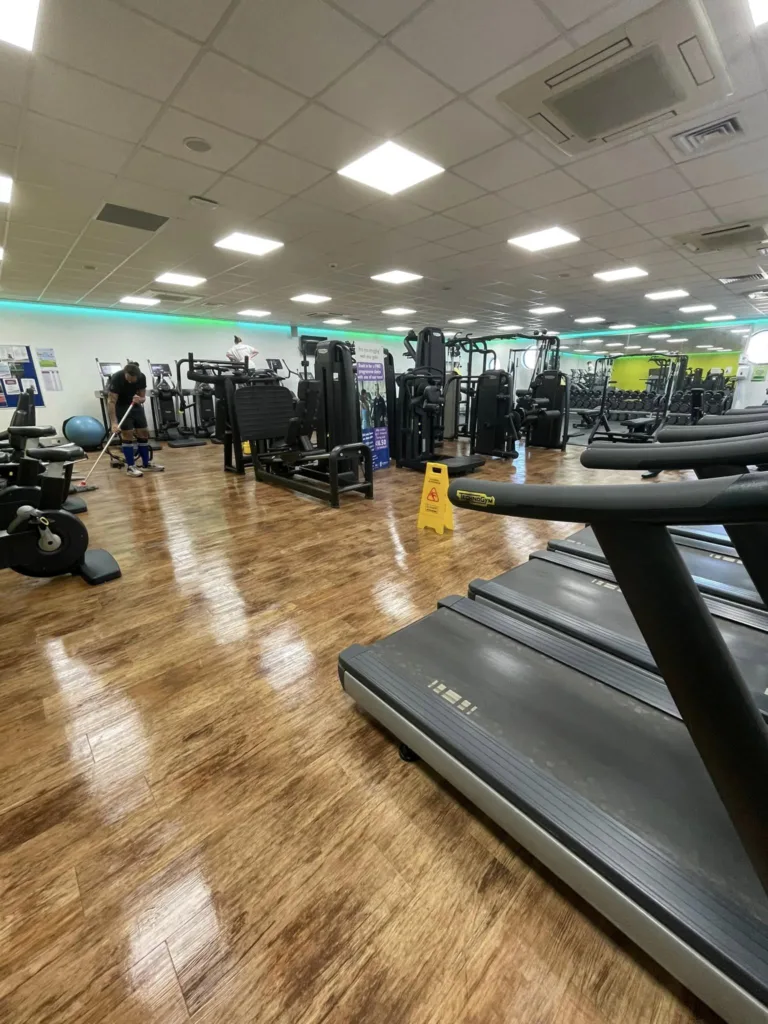
He says that the report, if funding is agreed, would be before Cabinet in late Spring 2024.
Towards the end of his report, he refers to a membership survey at the Manor.
He says it has identified that currently the membership at the centre only has a potential to grow by an additional 100 members.
“This analysis highlights that the current capacity of the gym and exercise studios is sufficient for the catchment of the centre and still has headroom for increased housing growth in the area,” he says.
“An increased capacity is not required in the facility.
“An assessment of the demand for pool use has not been completed as yet.”
Mr Hughes also says a “third party firm” has visited all three leisure centres and, using their expertise and an in-house architect, has assessed the facilities, and highlighted what each facility is likely to require in the shorter term in terms of making them fit for purpose going forwards for the next decade, as well as increasing the likelihood of them continuing to attract higher footfall.
“A second third party firm has assessed the Manor sports hall facility in terms of its removal and has costed necessary additions to the Manor poolside facility should the sport hall’s facilities be removed,” he says.
He lists the figures involved:
Manor Facility; • Cost to demolish dry side building; £787,500 + £200,000 asbestos removal contingency • Cost to demolish rifle range building; £122,625
Cost to reconstruct the following spaces added to the existing pool building once the dry side building was removed: • Studio • Dance Studio • Staff Office • Reception • Changing Rooms • Plant Room The total area of new accommodation would be 992m2.
Cost: approx. £5,097,000 (including the demolition costs highlighted above)
To add in a soft play facility, the floor area increases to 1,383m2. Cost: approx. £6,409,000 (including the demolition costs highlighted above).
But he warns that “these costs assessments are estimates based limited research and information”.
Mr Hughes adds that FDC has a contractual obligation with Freedom to maintain “non wear and tear aspects of our leisure facilities.
“If facilities are not fit for use, then Freedom may have cause to seek an alteration of the payment made to FDC annually for managing the facilities”.


